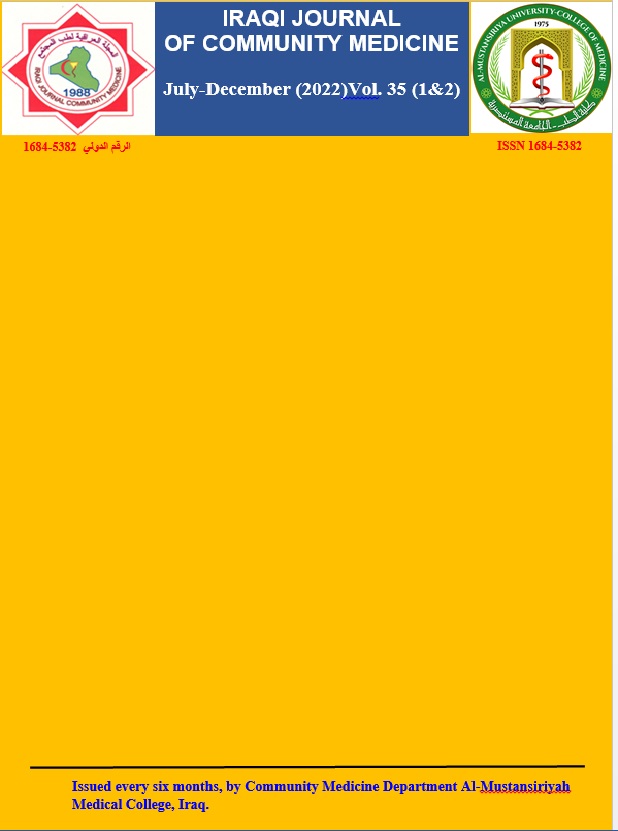Abstract
Background: Overweight and obesity affect over half the world’s population and diabetes rates are climbing to 20% of all adults in many Middle Eastern, Asian, and Latin American countries. The twin epidemics of obesity and diabetes already represent the biggest public health challenge of the 21th century and It is estimated that at least half of all diabetes cases would be eliminated if weight gain in adults could be prevented.
Objective: The main aim is to assess the relationship between obesity and type 2 diabetes mellitus, furthermore to assess the relationship between different body mass index (BMI) levels and medical investigations, and identify somatic symptoms that are associated with BMI.
Patients and methods: Cross – sectional study based on questionnaire survey and medical examination of 311 patients who attended the Sulaimani Diabetic Centre, Sulaimani, Iraq. The questionnaire consist of questions about sociodemographic characteristics, somatic symptoms, and measurement of (height, weight) and body mass index (BMI) . Overweight, defined as (BMI =< 25Kg/m2 ), and obesity (BMI=< 30Kg/m2 ).The relationship between BMI levels and sex, laboratory investigations (fasting plasma glucose, cholesterol) was explored in addition to that the mean of BMI and somatic symptoms was explored too.
Results: In this study 26.4% were males and 73.6% females. Mean of both age and BMI were 52.9 years, 28.8Kg/m2 respectively. Sex was significantly associated with BMI (P < 0.05) and higher proportion of both male and female were overweight, obese respectively. No significant relationship among laboratory investigations and levels of BMI. Backache (P 0.001), breathlessness (P 0.05) and sleep disturbance (P <0.05) were significantly related to mean BMI while abdominal pain, palpitation and urinary incontinence did not show any significant relation. Conclusions: Females diabetic patients are more obese while males are overweight.
Objective: The main aim is to assess the relationship between obesity and type 2 diabetes mellitus, furthermore to assess the relationship between different body mass index (BMI) levels and medical investigations, and identify somatic symptoms that are associated with BMI.
Patients and methods: Cross – sectional study based on questionnaire survey and medical examination of 311 patients who attended the Sulaimani Diabetic Centre, Sulaimani, Iraq. The questionnaire consist of questions about sociodemographic characteristics, somatic symptoms, and measurement of (height, weight) and body mass index (BMI) . Overweight, defined as (BMI =< 25Kg/m2 ), and obesity (BMI=< 30Kg/m2 ).The relationship between BMI levels and sex, laboratory investigations (fasting plasma glucose, cholesterol) was explored in addition to that the mean of BMI and somatic symptoms was explored too.
Results: In this study 26.4% were males and 73.6% females. Mean of both age and BMI were 52.9 years, 28.8Kg/m2 respectively. Sex was significantly associated with BMI (P < 0.05) and higher proportion of both male and female were overweight, obese respectively. No significant relationship among laboratory investigations and levels of BMI. Backache (P 0.001), breathlessness (P 0.05) and sleep disturbance (P <0.05) were significantly related to mean BMI while abdominal pain, palpitation and urinary incontinence did not show any significant relation. Conclusions: Females diabetic patients are more obese while males are overweight.
